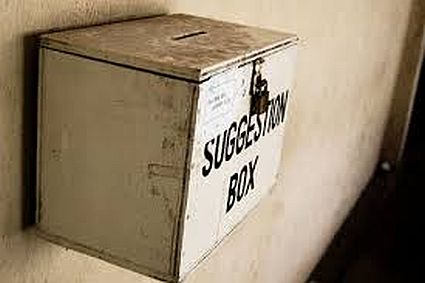Continuing my series on applying Lean/Agile principles to our GTM strategies, I want to move on to the ideal of “Continuous Improvement.” In the original development of Lean/Agile principles in manufacturing, leaders recognized they could never rest on their laurels. The concept, “we are doing the best possible, we have to keep doing it, but we are doing enough, we don’t have to change,” was completely foreign to these leaders.
They were driven by the concept of continuing to innovate and improve. “Can we improve quality, reducing costs and waste?” “Can we improve our efficiency, getting more done for the same time/cost investment?” “Can we reduce costs, can we reduce end to end manufacturing time?” “Can we improve processes upstream, by helping our suppliers improve what they are doing with us?” “Can we the downstream experience of our customers?”
A mindset instilled in each worker in the assembly line was, “how do you improve the part of the process you are responsible for?” Since they were closest to the work and understood it the best, they could contribute ideas for huge improvements at their workstations. This mindset was part of the culture of high performing lean/agile manufacturers.
One thing emerged to symbolize this drive for new ideas and continuous improvement. It was the “Suggestion Box.” In every facility you could see suggestion boxes scattered through it. And workers were incented and rewarded for offering suggestions, so they tended to be full.
Part of the process was the weekly meetings where everyone got together to hear the suggestions that had been submitted during the week. Everyone would hear about them, they would offer their own ideas. Some were put to the side. Some were assigned to teams for further consideration. But everyone’s suggestions were considered, the contributions recognized, and they got feedback. Most importantly, everyone felt engaged and that their ideas mattered.
Sometimes, the best ideas got cash rewards. There’s a famous story of two IBM engineers recommending 14 useless circuits being removed from a circuit board. They got a reward of $56,013, it probably saved IBM millions.
But the concept of constantly looking at ways to improve, to be better, to change was a fundamental for everyone involved in doing the work.
Somehow, this concept seems to be lost in so much of business today, in so many of our GTM strategies.
While we may look at things that drive greater efficiency. We invest millions in technology and tools to improve efficiency, something that seems to be missing is the concept of “improvement.” Do we actually improve the results and outcomes as a result of those? Or are we increasing our efficiency at creating garbage?
Too often, we don’t look to the people that do the work for ideas about improvement. How can we make things simpler? How can we improve the results they produce? Are there things that get in the way that we should stop (the selling equivalent of removing 14 useless circuits from a circuit board)? Even little improvements, consistently executed across the organization can result in massive improvements in the work.
Continuous improvement is not the responsibility of some team very distant from the work that’s being done. Continuous improvement is part of a culture focused on results, getting better, and growing. Continuous improvement is a responsibility of everyone in the organization.
Afterword: Some will argue, “We have all sorts of feedback systems, we ask our people and our customers if they are happy, we collect all sorts of data.” But if you don’t recognize the people contributing to the improvements, they will stop contributing ideas. And if you don’t take action on suggestions made (rather than going through the motions because “We are supposed to do sat surveys.”), all you have done is created waste–waste in the time people spend in providing suggestions, and massive wasted opportunity.
After-afterword: Here’s a fascinating article from the December 1963 issue of Popular Science: 20,000,000 Bucks in the Suggestion Box.

Leave a Reply